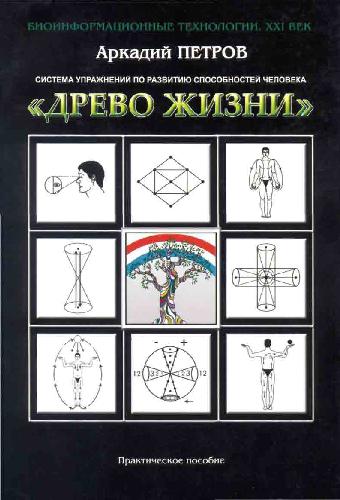- 2 402 202 книги
- Поиск
libcats.org





Racing the Beam: The Atari Video Computer System
Nick Montfort, Ian Bogost"Racing The Beam" is a book on a delicious subject that suffers from serving multiple masters. Who is the target demographic here - is it the technogeek enthusiast? Or the Wired cultural sociologist? Maybe it's the Retro Gamer reader who has fond memories of the VCS platform and is looking for a bit of behind-the-scenes action. Authors Nick Monforst and Ian Bogost, whom seem to be hewing to the publisher's adage that every equation cuts your book sales in half, do the reader no favors by leaving out such appendix gold as a memory/register map of the VCS and something along the lines of a brief "Hello World" code example. Sound, which is the other half of the equation, gets even shorter shrift - if the hardware supposedly can't synthesize a chromatic scale in tune, how did later programmers like Synthcart's Paul Slocum get around this?
One of the book's problems is that the authors try to make the book seem timely by trying to force connections between its vintage software biopics and such breathtakingly unrelated modern titles as World Of Warcraft, Grand Theft Auto, and Tony Hawk Pro Skater. It's almost like the publisher was feeling nervous that nobody of college age could relate to such early games, which is a shame given that the stories are all fascinating in their own right. And on the hardware side, while the Apple II and C-64 get brief nods why are no comparisons drawn between the Atari VCS and Jay Miner's later designs incl. the Atari 400, 800 and Amiga? And what were the specs of the Mattel Intellivision anyway, seeing as how it gets mentioned so often as the VCS's main rival?
Any reader old enough to remember this hardware as a wood-grain box is probably going to have a few comments bordering on the personal, but let's keep things short. Am I the only person wondering why the rather staid VCS game "Adventure" got such over-the-top respect while Exidy's more refined (and clearly related) 1981 arcade game "Venture" goes unmentioned? How was Video Chess able to perform move lookahead with nearly no stack? And why was the story behind the most important sidescroller ever to be ported, Defender, ignored almost entirely?
That said, I loved very minute spent reading this and look forward to seeing more from the "Platform Studies" series. And I bet you will too. Only next time around - more pictures!
One of the book's problems is that the authors try to make the book seem timely by trying to force connections between its vintage software biopics and such breathtakingly unrelated modern titles as World Of Warcraft, Grand Theft Auto, and Tony Hawk Pro Skater. It's almost like the publisher was feeling nervous that nobody of college age could relate to such early games, which is a shame given that the stories are all fascinating in their own right. And on the hardware side, while the Apple II and C-64 get brief nods why are no comparisons drawn between the Atari VCS and Jay Miner's later designs incl. the Atari 400, 800 and Amiga? And what were the specs of the Mattel Intellivision anyway, seeing as how it gets mentioned so often as the VCS's main rival?
Any reader old enough to remember this hardware as a wood-grain box is probably going to have a few comments bordering on the personal, but let's keep things short. Am I the only person wondering why the rather staid VCS game "Adventure" got such over-the-top respect while Exidy's more refined (and clearly related) 1981 arcade game "Venture" goes unmentioned? How was Video Chess able to perform move lookahead with nearly no stack? And why was the story behind the most important sidescroller ever to be ported, Defender, ignored almost entirely?
That said, I loved very minute spent reading this and look forward to seeing more from the "Platform Studies" series. And I bet you will too. Only next time around - more pictures!
EPUB | FB2 | MOBI | TXT | RTF
* Конвертация файла может нарушить форматирование оригинала. По-возможности скачивайте файл в оригинальном формате.
Популярные книги за неделю:

Проектирование и строительство. Дом, квартира, сад
Автор: Петер Нойферт, Автор: Людвиг Нефф
Размер книги: 20.83 Mb

Система упражнений по развитию способностей человека (Практическое пособие)
Автор: Петров Аркадий НаумовичКатегория: Путь к себе
Размер книги: 818 Kb

Сотворение мира (3-х томник)
Автор: Петров Аркадий НаумовичКатегория: Путь к себе
Размер книги: 817 Kb

Радиолюбительские схемы на ИС типа 555
Автор: Трейстер Р.Категория: Электротехника и связь
Размер книги: 13.64 Mb
Только что пользователи скачали эти книги:

Как преодолеть панику
Автор: Д. Силов, Автор: В. МаникавашагарКатегория: ЗДОРОВЬЕ, ПСИХОЛОГИЯ
Размер книги: 645 Kb




